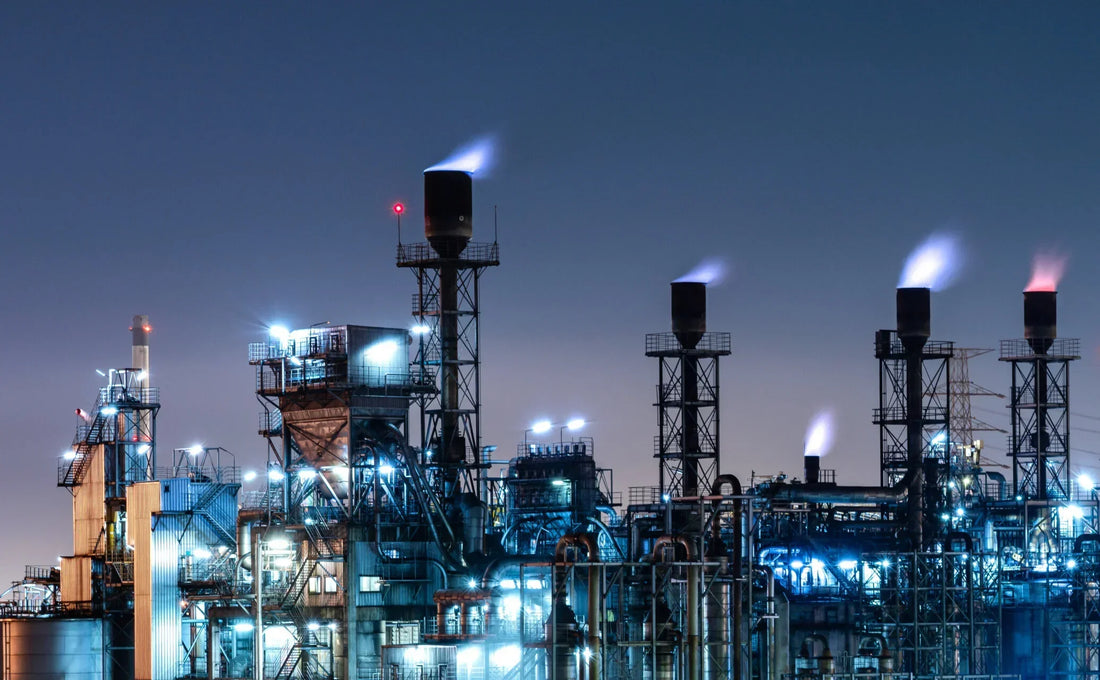Methane is a chemical compound with the molecular formula CH4 and the simplest member of the alkane group. Under normal conditions, it is a colorless, odorless, flammable gas. Methane is insoluble in water and forms explosive mixtures with air. It burns with a bright bluish flame in the presence of sufficient oxygen to form carbon dioxide and water.
It occurs naturally and is the main component of natural gas. Because it is found in large quantities in deposits, it is an attractive energy source. It is transported via pipelines or as a frozen liquid in tankers. It also occurs bound as methane hydrate on the seabed and permafrost, although the exact abundance is unknown. Methane serves as a fuel gas and is of great importance in the chemical industry as a starting material for technical syntheses such as methanol production or the production of halogenated methane derivatives. It is also used for the large-scale production of hydrogen.
The gas is produced in significant quantities by biological processes, either anaerobically by microorganisms or aerobically by phytoplankton, plants, and fungi. Anthropogenic sources include rice cultivation and cattle ranching. Abiotic sources such as forest fires or volcanic eruptions also release methane.
Methane is the most abundant hydrocarbon in Earth's atmosphere, with concentrations varying both between the Northern and Southern Hemispheres and seasonally. As a greenhouse gas, methane has a high greenhouse potential. It has contributed to historical global warming and influences current global warming. In Earth's atmosphere, it is oxidized to water, formaldehyde, and ultimately carbon dioxide. Methane is a component of the atmospheres of other planets and moons and has been detected in comets and the interstellar medium.
Source: Wikipedia




